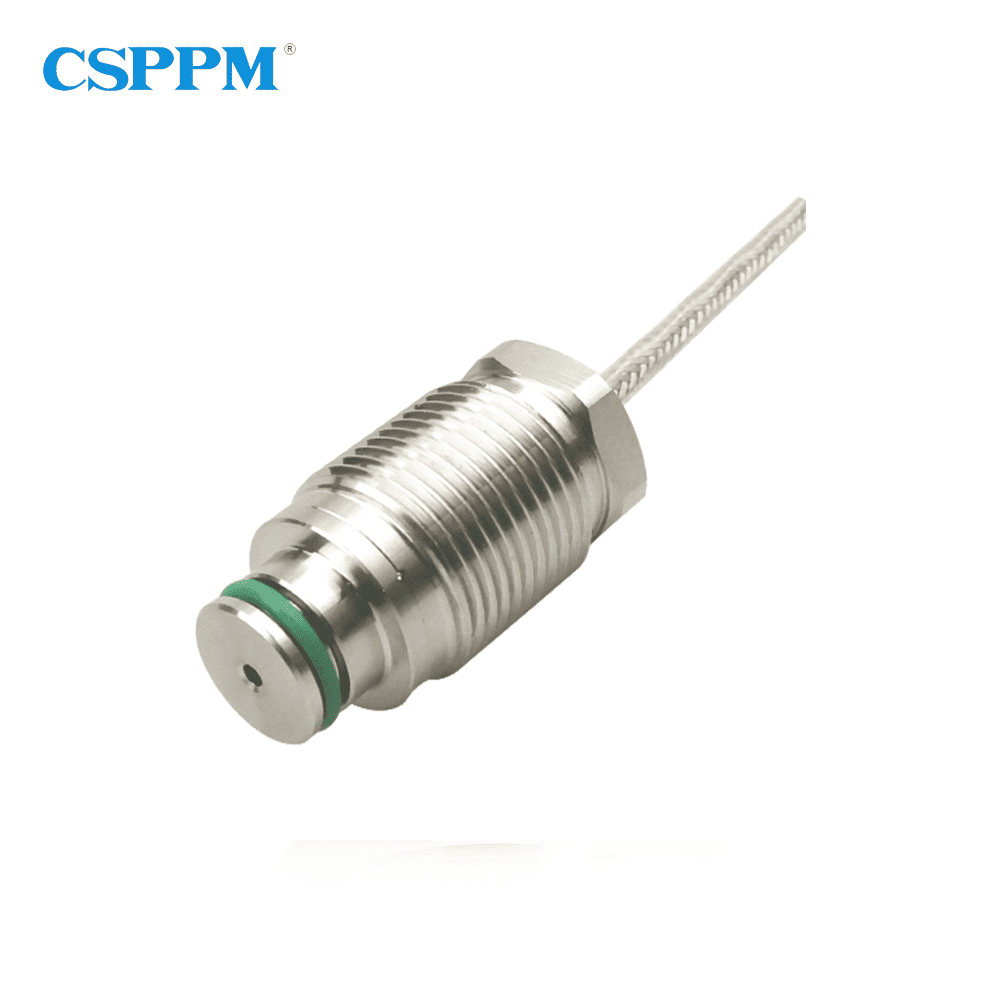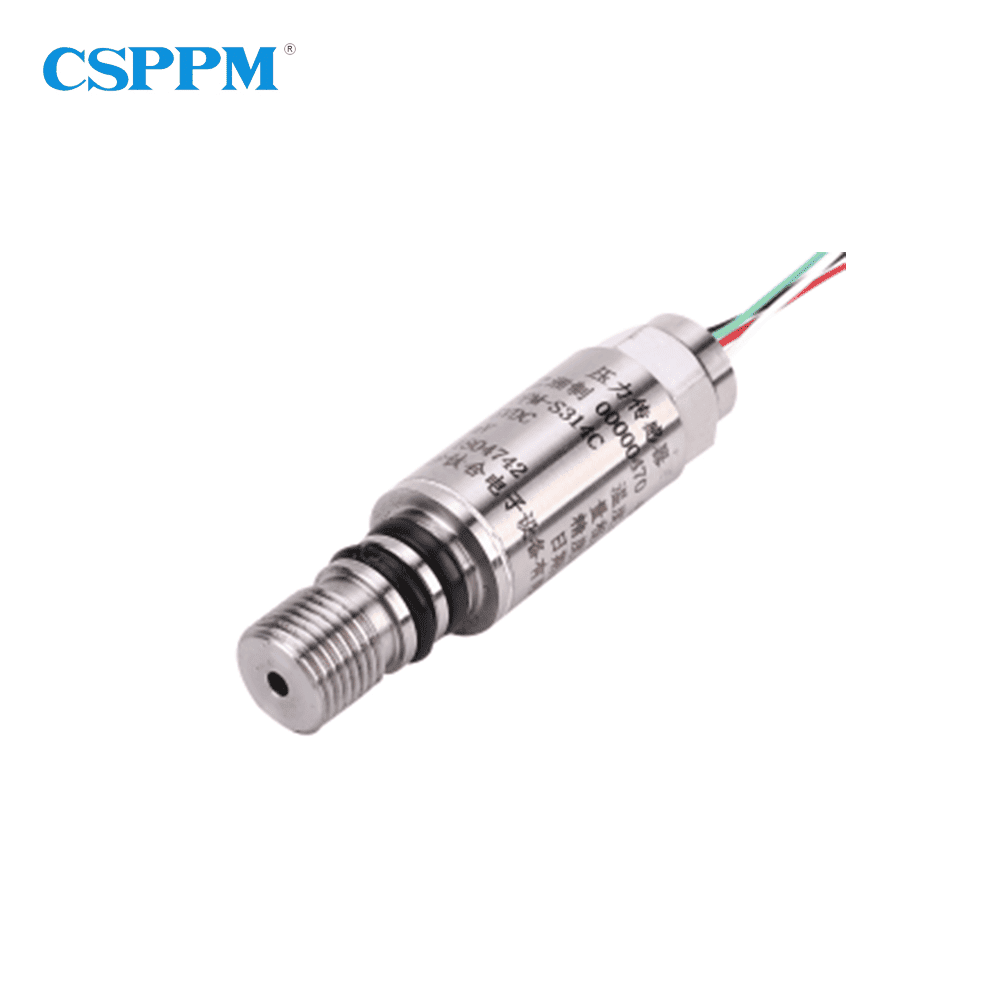Imagine a scenario where your machinery operates in extreme conditions, but the sensors simply can’t keep up. With a high temperature pressure sensor, you can overcome these challenges and ensure reliability. Industries face increasing demands on safety and efficiency, questioning how to maintain consistent measurements in such high-stakes environments.

Flaws in Traditional Solutions
Look, it’s easier than you think to identify issues with older sensor technologies. Traditional high temperature pressure sensors often struggle with drift and insufficient accuracy, leading to equipment malfunctions or even failures. Many thrive on outdated technologies that can’t withstand extreme conditions. Why do failures always occur during peak operational hours? A majority of these failures stem from the inability of older sensors to cope with temperature fluctuations and pressure surges, creating safety risks and costly downtimes.
Principles of New Technology
Emerging technologies have revolutionized the design of high temperature pressure sensors. They employ advanced materials and innovative engineering methods that enable them to withstand intense thermal environments much better. Using materials that boast high thermal stability—like silicon carbide—these sensors ensure reliable performance where it’s most needed. This adaptability not only enhances durability but also improves overall sensor responsiveness and accuracy.
Quantified User Benefits
Users of high temperature pressure sensors are seeing significant advantages. Improved accuracy can enhance process efficiencies, translating to lower operational costs and better safety outcomes. For instance, companies report reduced maintenance costs by up to 30%, thanks to fewer sensor-related failures and more durable designs. With these enhancements, many sectors—from aerospace to chemical processing—can rely on effective monitoring even in the most extreme environments.
Conclusion: Choosing the Right Solutions
When investing in high temperature pressure sensors, always verify these three metrics: ① Accuracy ② Temperature tolerance ③ Long-term reliability. A thorough evaluation ensures that you select a product that meets your operational demands without compromise.

Exploring Cryogenic Pressure Sensors
In the world of extreme temperatures, a cryogenic pressure sensor plays a pivotal role. Whether used in research labs or industrial applications, these sensors ensure reliable performance in conditions that other sensors simply cannot endure. The unique designs allow for accurate readings even at temperatures near absolute zero. When you consider the complexities of managing cryogenic systems, using a cryogenic pressure sensor becomes non-negotiable for maintaining safety and efficiency.
Utilizing High Temp Pressure Transmitters
Enter the high temp pressure transmitter, essential for all processes involving heat and pressure. Utilizing advanced technologies, these transmitters accurately relay data, ensuring processes are well-monitored at today’s demanding specifications. In environments where traditional sensors break down, high temp pressure transmitters promise reliability. It’s crucial to integrate a high temp pressure transmitter into your system to improve monitoring and control significantly.
In summary, embracing modern high temperature pressure sensors and their variants like cryogenic pressure sensors is vital for succeeding in various industries. They address the pitfalls of traditional solutions while leveraging advancements in technology. For those considering their options, CSSPM Sensor provides a strong reputation, specializing in sensors that meet the rigorous demands of today’s industrial environments. With quality manufacturing and comprehensive supply advantages, explore the offerings from CSSPM Sensor to enhance your operational efficiency.
